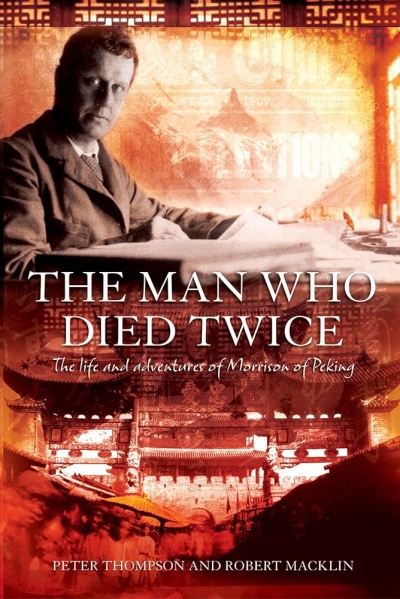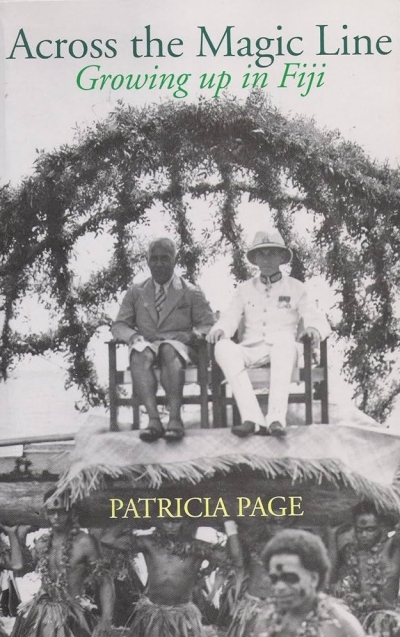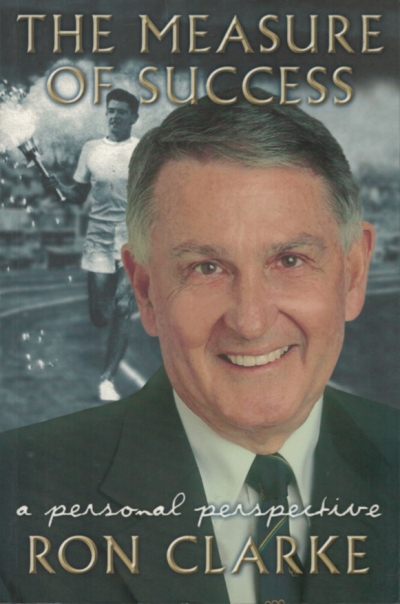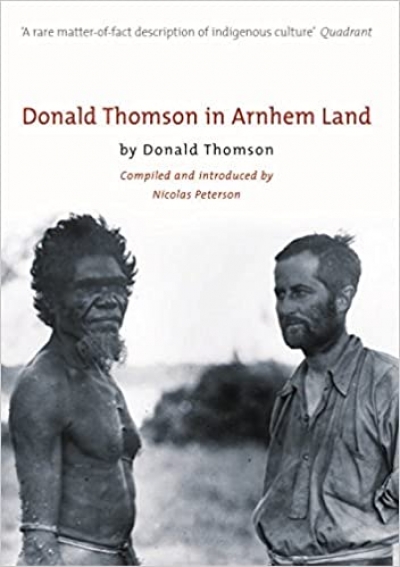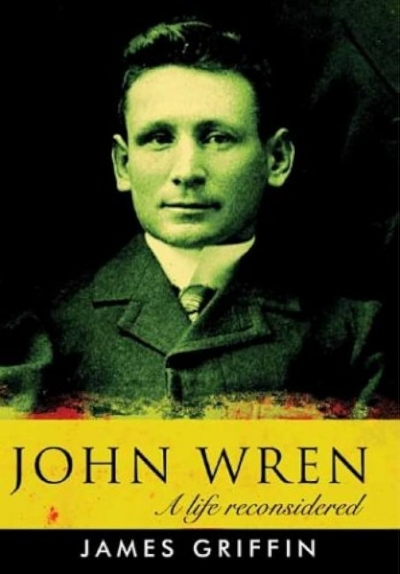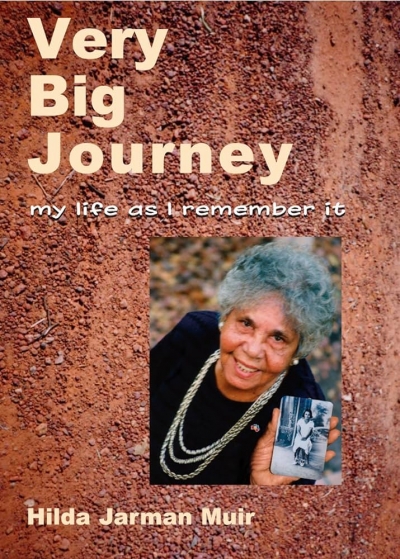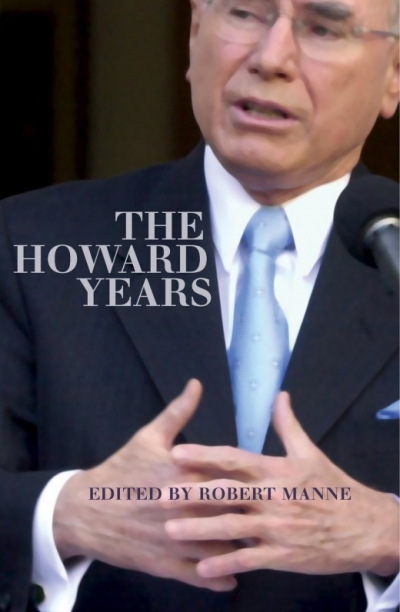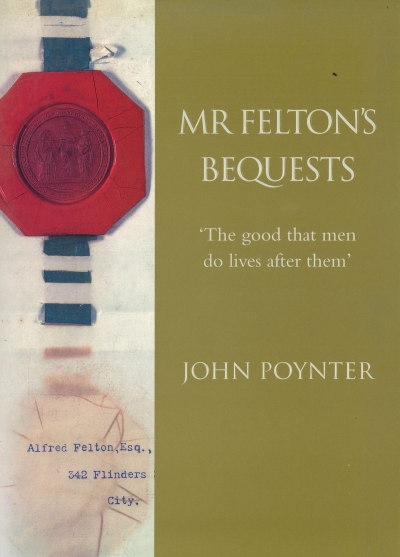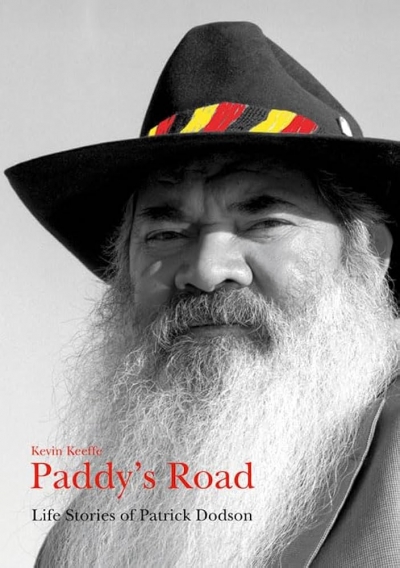Biography
The Man Who Died Twice: The life and adventures of Morrison of Peking by Peter Thompson and Robert Macklin
by Gideon Haigh •
The Measure of Success by Ron Clarke & Cathy by Cathy Freeman (with Scott Gullan)
by Bill Murray •
Donald Thomson in Arnhem Land by Donald Thomson, edited by Nicolas Peterson
by John Mulvaney •
Very Big Journey: My life as I remember it by Hilda Jarman Muir
by Ceridwen Spark •
Paddy's Road: Life stories of Patrick Dodson edited by Kevin Keeffe
by Ceridwen Spark •
Paddy's Road: Life Stories of Patrick Dodson by Kevin Keeffe
by Ceridwen Spark •

